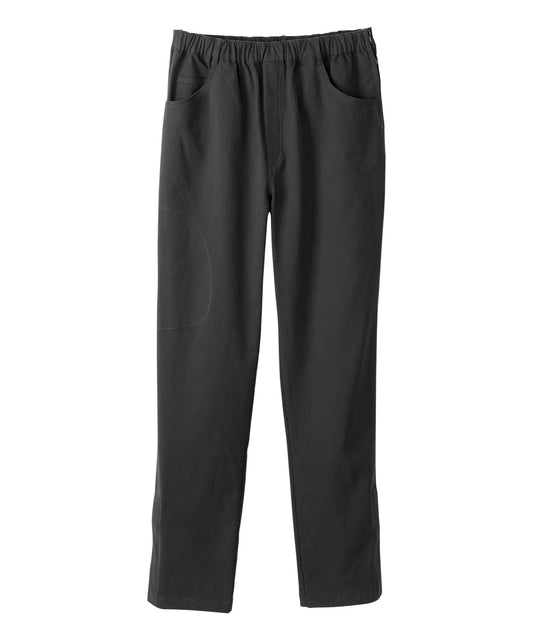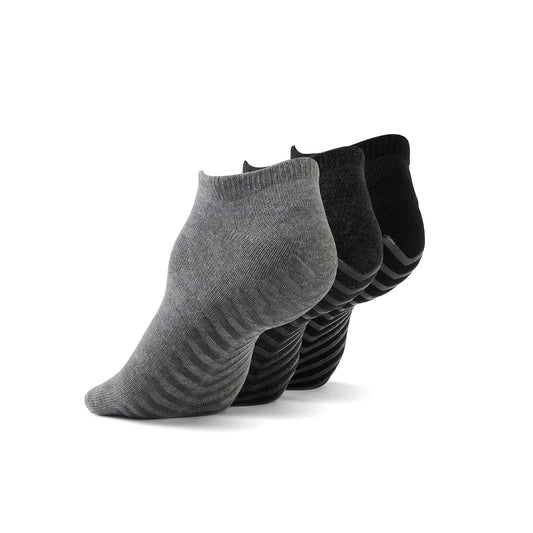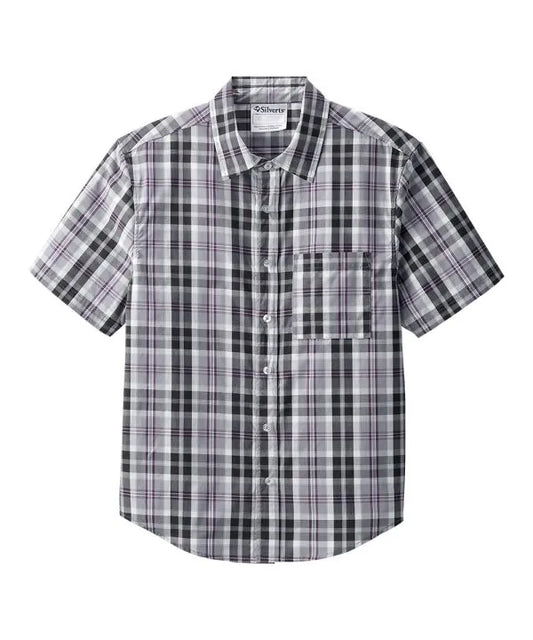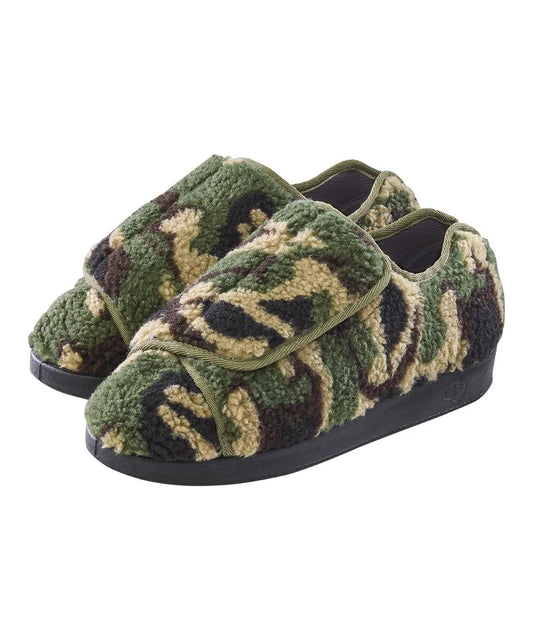Author: Krish Asher
Introduction
Who says you have to choose between looking stylish and feeling comfortable? For too long, fashion has ignored women with mobility challenges, sensory sensitivities, or post-surgical recovery needs. Dresses either looked like oversized scrubs or felt impossible to get on without a full-blown gymnastics routine.
But adaptive fashion is changing that — big time.
Today’s adaptive dresses are not only functional but genuinely stylish. Whether you’re dressing after shoulder surgery, dealing with chronic pain, or simply want to ditch the buttons and contortions, these dresses prove that comfort and chic can finally coexist. And trust us, magnetic closures, wrinkle-free fabrics, and wheelchair-friendly silhouettes are only the beginning.
Magnetic Closures: The End of ‘Stuck-in-a-Dress’ Panic
Raise your hand if you’ve ever gotten stuck in a dress and started plotting how to Houdini your way out. We’ve all been there — and for women with limited range of motion, arthritis, or shoulder pain, this isn’t just a funny moment; it’s a daily struggle.
Enter magnetic closures.
Take June Adaptive’s Women’s Shirt with Magnetic Buttons. While not a dress itself, the design shows how magnetic closures can revolutionize how we approach dressing. Adaptive dresses with this feature eliminate the need to twist, reach, or fumble with tiny zippers or buttons behind your neck. You can put them on front-first and let the magnets snap perfectly into place.
It’s fast, secure, and designed to preserve your independence — whether you're dressing solo or with help from a caregiver. Plus, they’re discreetly sewn in, so you won’t even know they’re there… until you realize how much time and energy you’ve saved.
Women’s Shirt with Magnetic Button

Wrinkle-Free Magic: For Women Who DGAF About Ironing
Let’s be honest — ironing is no one’s favorite chore. And if you’re managing pain, fatigue, or just a busy life, it’s often the first thing to fall off your to-do list.
Thankfully, adaptive fashion is catching on to this. Many of June Adaptive’s dresses and tops are made with wrinkle-resistant materials that are perfect for everyday wear. Think stretchy knits, soft modal, and breathable poly blends that look polished right out of the dryer — no iron required.
So whether you’re traveling, going to a doctor’s appointment, or just lounging at home, you’ll still look pulled together. Wrinkle-free doesn’t mean style-free — it means convenience, dignity, and a whole lot less stress.
And let’s not forget how this benefits caregivers too. Less laundry maintenance means more time focused on care, connection, and enjoying the day.
Side Zippers: Because Contortionists Shouldn’t Design Clothes
Some dresses seem like they were designed by people who’ve never dressed themselves. Side zippers are a game-changer for anyone who finds overhead dressing difficult or painful.
Dresses and pants like Women’s Recovery Pants with Side Zipper reflect how strategic zipper placement can simplify life. When applied to dresses, this design allows the fabric to open wide for easy step-in access. It’s especially useful for post-surgery recovery (hello, hip replacements) or dressing with limited balance.
Even better? These zippers are low-profile and often hidden along a seam. You get all the ease without sacrificing a tailored look. More movement, less frustration.
Women’s Recovery Pants with Side Zipper

Adaptive Dresses That Don’t Scream ‘Hospital Gown Chic’
Let’s retire the stereotype that adaptive clothing has to look medical. Gone are the shapeless, colorless muumuus. Today’s inclusive fashion lines are embracing bold prints, flattering cuts, and modern details — because women with disabilities deserve to feel confident and stylish, too.
June Adaptive’s design team works directly with occupational therapists, people with disabilities, and caregivers to co-create clothing that reflects real lives and real tastes. Their pieces are elegant, feminine, and designed with both form and function in mind.
Adaptive wear doesn’t just serve a need — it celebrates your individuality. Whether you’re going out for brunch or getting ready for a video call, these dresses help you feel like your best self.
Can a Dress Actually Be Cute and Wheelchair-Friendly?
Absolutely.
Wheelchair-friendly fashion is all about smart tailoring — like high backs, longer hems in front, and strategic stretch panels to avoid bunching while sitting. Adaptive dresses are designed to stay put without riding up or shifting awkwardly.
Details like back overlaps, like in the Women's Neck Tie Top with Back Overlap, are ideal for women who sit for long periods. They offer comfort without compromising movement or modesty.
And guess what? These features aren’t visible to the naked eye. Your dress still looks sleek and modern — just with a lot more thought behind it.
Women's Neck Tie Top with Back Overlap

Why Adaptive Dresses Matter
Clothing is emotional. It’s not just about looking good — it’s about how you feel in what you wear. For women living with chronic illness, disability, or recovery, getting dressed can often feel like giving up control. Adaptive clothing gives it back.
These dresses let you show up in the world how you want — comfortable, confident, and stylish. Whether you're attending a family gathering or just running errands, the right dress can be your daily dose of dignity.
Adaptive fashion isn’t a trend. It’s a long-overdue revolution.
Beyond Dressing – Reclaiming Confidence and Control
For many women, dressing is a personal ritual — a chance to express who they are, to feel good in their skin, to reclaim confidence. But when illness, injury, or aging begins to interfere with that process, fashion can feel more frustrating than freeing.
That’s where adaptive clothing shifts the conversation. It’s not just about avoiding physical pain; it’s about restoring joy, dignity, and self-expression. A woman shouldn’t feel like she’s settling when she gets dressed. She should feel like she’s stepping into the best version of herself.
Whether it’s the easy snap of a magnetic button or the soft stretch of wrinkle-free fabric, adaptive dresses empower women to regain agency. For seniors who’ve always taken pride in their appearance, or young women navigating recovery, that sense of control means everything.
And it’s not just the wearer who benefits — it’s the whole circle of care. Caregivers, family members, and healthcare professionals all notice the difference when clothing is easier to manage. It reduces stress, speeds up routines, and minimizes emotional resistance around dressing. That's the real impact.
Inclusive Fashion Isn’t Optional — It’s the Future
Adaptive dresses are part of a larger movement toward inclusive fashion — a world where clothes are made for all bodies, not just the able-bodied or conventionally mobile ones. Brands like June Adaptive are leading the charge, showing that thoughtful design doesn’t have to compromise on beauty or quality.
It’s also a signal to the fashion industry: inclusion isn’t just a buzzword. It’s a responsibility. When designers partner with real users — women living with disabilities, stroke survivors, arthritis warriors, aging parents — the result is smarter, more meaningful fashion.
And for those who’ve been left out of traditional fashion narratives for too long, this is more than clothing. It’s representation. It’s a reminder that every woman deserves to feel seen, celebrated, and stylish, no matter what her mobility status is.
FAQs
Q: Are adaptive dresses only for people recovering from surgery or with disabilities?
A: Not at all. Adaptive fashion is for anyone who wants easier, stress-free dressing. That includes women managing arthritis, pregnancy, fatigue, limited mobility — or just those who prefer low-maintenance, comfortable clothes.
Q: Are these dresses machine washable?
A: Yes! June Adaptive's magnetic and zipper-enhanced clothing is designed for everyday life. Just follow the label instructions. Many styles are wrinkle-resistant too, making laundry even simpler.
Q: What if I need help dressing — are these good for assisted dressing?
A: Definitely. Adaptive dresses with open-back designs, magnetic closures, or side zippers are specifically designed to make dressing easier for both the wearer and their caregiver. They reduce strain, time, and awkwardness.
Q: Will people be able to tell I’m wearing adaptive clothing?
A: Only if they ask — and probably because they’ll want one too! Modern adaptive fashion is made to look like regular stylish clothing. The features that make it accessible are thoughtfully hidden.
Q: Can I find dresses suitable for formal occasions?
A: Absolutely. June Adaptive offers elegant pieces that can be worn to weddings, dinners, or religious services. Think tasteful necklines, flowing silhouettes, and beautiful fabric — all with adaptive features sewn in.
Q: Is adaptive fashion affordable?
A: Yes. June Adaptive’s collection ranges from basic everyday pieces to specialty wear, with prices designed to be accessible. And with durability built in, you’re buying smarter — not just cheaper.
Q: What are the most helpful features to look for in an adaptive dress?
A: Look for side zippers, magnetic closures, open-back designs, stretchable fabric, and wrinkle-free materials. Each of these improves dressing ease while keeping comfort and style front and center.
Call to Action
There’s no reason style should stop at discomfort. Adaptive dresses make daily life easier — and a lot more beautiful.
Explore the Women’s Adaptive Dress Collection now.
To read more articles like this, subscribe to the June Adaptive Newsletter.















